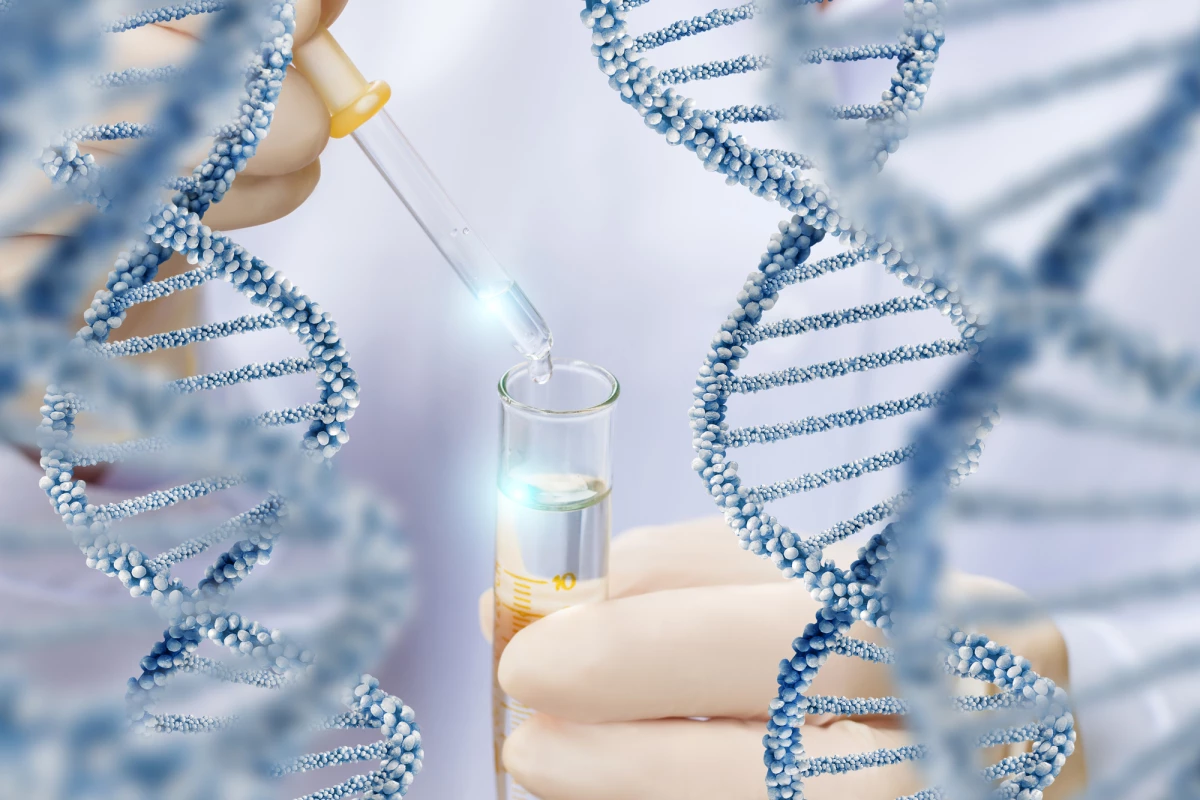Scientists are reporting the first clinical data showing that CRISPR gene editing can be done safely and effectively inside the body. CRISPR was injected directly into the bloodstream of patients with a rare genetic disease, and appeared to work better than current treatments with no serious side effects.
The CRISPR gene-editing tool, which makes precise cut-and-paste edits to the genome inside cells, has shown tremendous promise in treating a wide range of diseases. It’s currently the subject of many human trials, but in almost all of them the actual editing takes place outside the body – cells are removed from the patient, edited and then returned to the body. Another recent study involved injections of CRISPR into the eye to correct a genetic form of blindness, but the results have yet to be published.
Now researchers have released interim data of the first six patients in an ongoing Phase 1 trial conducted by Intellia Therapeutics and Regeneron Pharmaceuticals, marking the first published results of a CRISPR clinical trial involving human gene editing in vivo.
The trial is investigating a CRISPR candidate called NTLA-2001 as a treatment for a disease called transthyretin amyloidosis (ATTR amyloidosis). This rare hereditary disease occurs due to mutations in the TTR gene, which causes a patient to produce misfolded transthyretin (TTR) proteins. These abnormal proteins then build up on nerves and around organs, leading to pain and complications, and can be fatal.
For this first part of the new trial, the researchers administered NTLA-2001 intravenously to six patients with ATTR amyloidosis. One group received a dose of 0.1 mg per kilogram of body weight, while the second group received 0.3 mg/kg. Then, the levels of TTR proteins in their blood serum were measured over 28 days.
Participants in the 0.1 mg group saw mean reductions of 52 percent in their TTR levels, while the 0.3 mg group saw an 87 percent mean reduction. One patient in the higher dose group achieved an impressive 96 percent reduction.
The researchers say that the higher dose group outperforms patisiran, the current standard treatment for the condition, which usually reduces TTR levels by around 80 percent. The other main advantage is that NTLA-2001 is a single dose treatment, where patisiran requires ongoing doses. The study also noted no serious adverse effects.
“ATTR amyloidosis is a progressive and fatal disease that usually requires chronic, lifelong treatment,” says Julian Gillmore, national coordinating investigator on the study. “These interim Phase 1 data support NTLA-2001 as the only one-time treatment either on the market or in development.”
For the next steps, the researchers plan to test a higher dose of 1 mg/kg on a new cohort. After that, the trial will expand to a larger group again for part two of the trial later in the year.
The results were published in the New England Journal of Medicine.
Source: Intellia Therapeutics




